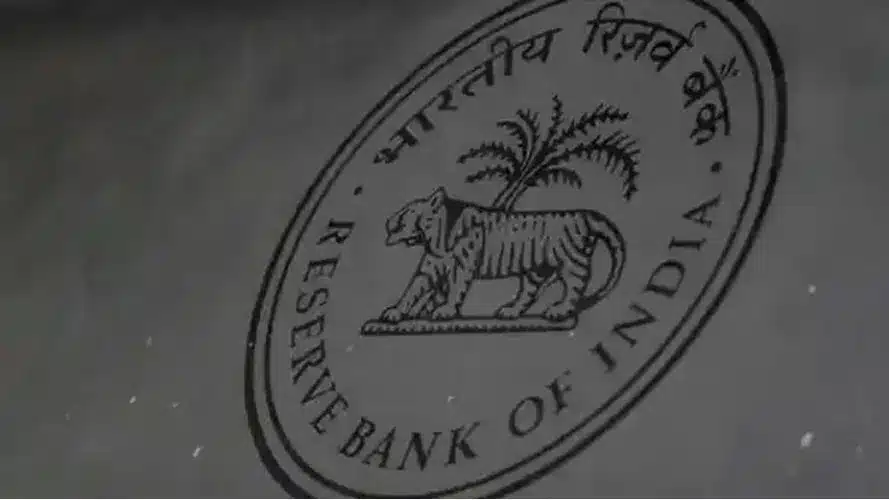Economic Slowdown: Insights from India’s Finance Ministry

India’s economy is facing significant challenges, as highlighted in a recent report from the finance ministry. The report indicates a slowdown in growth, which has reached a seven-quarter low of 5.4% for the July-September period. This decline has raised concerns among policymakers, particularly regarding the effectiveness of the Reserve Bank of India’s (RBI) monetary policy. The finance ministry’s commentary marks a notable divergence in perspectives between North Block and the RBI, particularly concerning growth and inflation. As the government grapples with these economic issues, the interplay between monetary policy, macroprudential measures, and structural factors becomes increasingly crucial.
Monetary Policy and Economic Growth
The finance ministry’s report sheds light on the impact of monetary policy on economic growth. It suggests that the RBI’s stance on interest rates may have contributed to the current slowdown. Despite calls for rate cuts to stimulate growth, the RBI has opted to maintain its focus on controlling inflation. This decision has led to a prolonged period of unchanged rates, with the RBI holding rates steady for the 11th consecutive time in December.
The report acknowledges the RBI’s recent decision to lower the cash reserve ratio (CRR) from 4.5% to 4%. This move is seen as a positive step towards boosting credit growth, which has experienced a notable decline in the current financial year. The finance ministry emphasizes that while the RBI’s actions are commendable, the overall economic environment requires a more comprehensive approach. Policymakers are urged to consider the structural factors that may be hindering growth, particularly in urban consumption.
As the government anticipates a potential rate cut in February under new leadership, experts caution that such a decision may be complicated by global economic uncertainties. The interplay between domestic monetary policy and international economic conditions will be critical in shaping India’s growth trajectory in the coming months.
Challenges in Urban Consumption
Urban consumption has emerged as a significant concern for Indian policymakers. The finance ministry’s report highlights that declining consumption patterns in urban areas are contributing to the overall economic slowdown. Factors such as hiring practices and compensation structures in the corporate sector have played a role in this decline.
As companies tighten their budgets, consumer spending has been adversely affected. This trend is particularly troubling as urban areas typically drive a substantial portion of India’s economic activity. The report suggests that addressing these challenges will require a concerted effort from both the government and the private sector.
Moreover, the report points out that the slowdown in government spending during the April-June quarter was influenced by the general elections. However, there is optimism that spending will pick up in the current quarter. The finance ministry projects a growth rate of 6.5% for the current fiscal year, but it also warns of emerging uncertainties on the global stage that could impact this outlook.
To revive urban consumption, policymakers must implement strategies that encourage spending and investment. This may involve revisiting corporate hiring practices and ensuring that wages keep pace with inflation. By fostering a more conducive environment for consumption, India can work towards stabilizing its economic growth.
Global Economic Uncertainties
The finance ministry’s report does not shy away from addressing the global economic landscape’s impact on India’s growth prospects. It highlights that global trade growth is becoming increasingly uncertain. Factors such as elevated stock markets and the strength of the US dollar pose significant risks to emerging market economies, including India.
As the US Federal Reserve reevaluates its policy rates, emerging markets may face additional pressures. The report indicates that these global dynamics could limit the flexibility of monetary policymakers in India. Consequently, sustaining growth will require a deeper commitment from all economic stakeholders.
The report also notes that inflationary pressures have softened, driven by lower food and core inflation. An influx of fresh produce in the market has helped moderate vegetable price pressures. However, the overall economic environment remains fragile, and the government must remain vigilant in addressing both domestic and international challenges.
While the finance ministry expresses cautious optimism about growth in the second half of the fiscal year, it underscores the need for a collaborative approach to navigate the complexities of the current economic landscape. By addressing structural issues and responding proactively to global uncertainties, India can work towards a more stable and resilient economy.
Observer Voice is the one stop site for National, International news, Sports, Editor’s Choice, Art/culture contents, Quotes and much more. We also cover historical contents. Historical contents includes World History, Indian History, and what happened today. The website also covers Entertainment across the India and World.
Follow Us on Twitter, Instagram, Facebook, & LinkedIn

